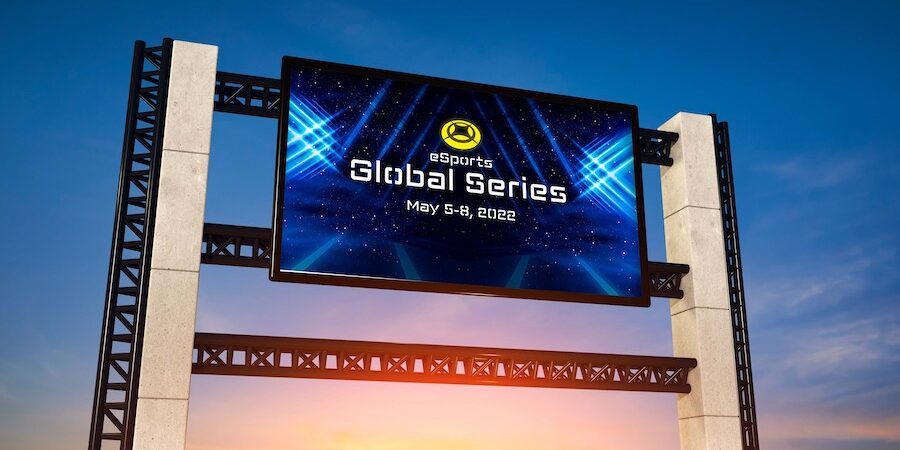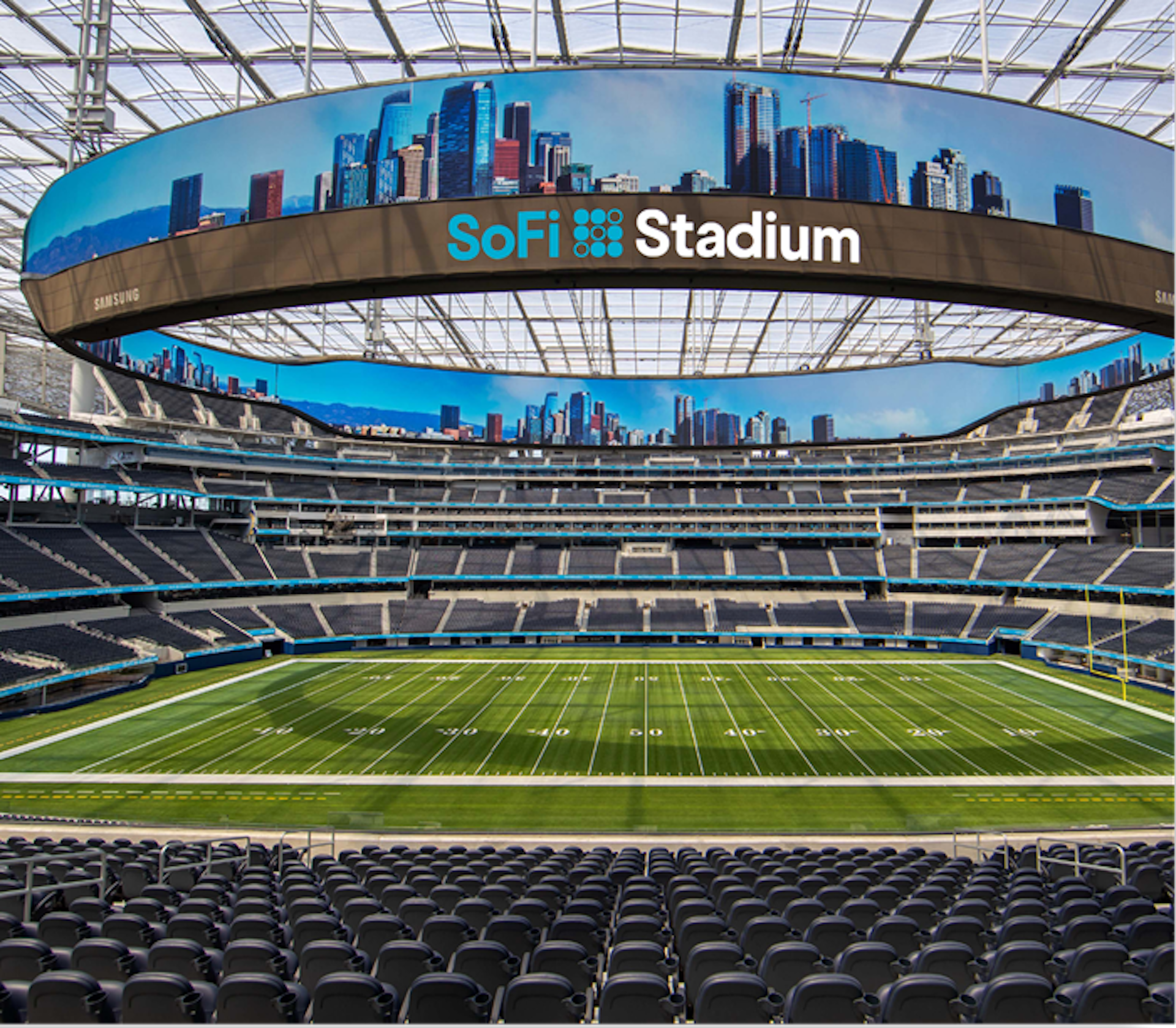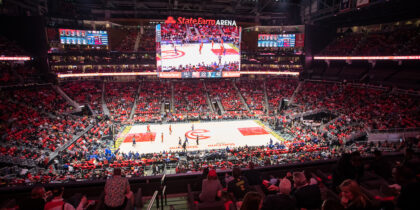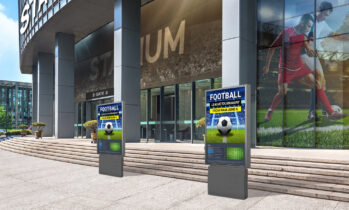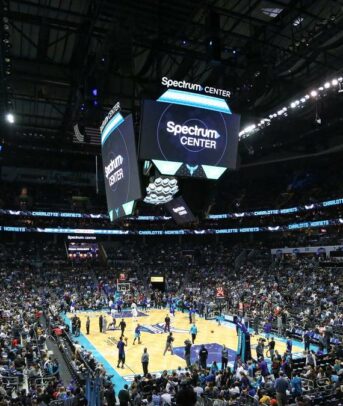At any professional sports stadium, revenue flows from three main areas — all of which are essential to maintaining a healthy, sustainable business:
- Game-day revenue comes in the form of gate receipts and concessions sales.
- Commercial revenue consists of sponsorship and merchandise.
- Broadcast revenue comes from TV, radio and streaming deals.
Almost everywhere, game-day typically accounts for around 15% of overall revenue, with commercial and broadcast bringing in the rest. To drive revenue at venues, operators are exploring new ways to boost game-day and commercial revenue, particularly with digital signage.
The evolution of the connected venue is creating a modern game-day event that’s leagues apart from the old arrive-sit-leave model. Fans are now being treated to a more memorable, exciting and enjoyable experience. These same upgrades are empowering venue owners to redefine the stadium experience, with greater operational efficiency, optimized commercial opportunities and detailed insight into fan behavior.
Communicate with fans throughout the venue
For stadium operators, there are multiple opportunities to engage visitors — from the entry gate, through to concourses, during the game and exiting the building.
Digital displays can enhance this further by making the event experience smoother, easier and more enjoyable. They can also significantly influence and inspire fan spending to drive revenue at the venue.
For example, the deployment of Samsung Windows All-in-One Kiosk, an interactive touchscreen that can stand on its own or be mounted on a wall or tabletop, is a flexible solution that can provide quick and seamless ticketing, guidance for fans around the stadium, user-friendly food-and-beverage ordering and even merchandising. This is all thanks to its built-in, point-of-sale system.
Drive revenue by surpassing venue expectations
Explore digital opportunities to deliver more immersive experiences and increase fan loyalty. Download Now
Throughout a venue, high-resolution 4K digital signage makes it easier for operations teams to enhance communication with fans and maximize visibility for partner brands, sponsors and advertisers.
The most immersive display technology, like The Wall by Samsung, can promote brand partnerships such that fans are more likely to stop and experience a feature, rather than just glance at a static image. The result is a unique and memorable interaction that gives them exciting content to share with others on social platforms.
When video boards, ribbon displays, LED screens and other digital signage solutions are an omnipresent feature at the stadium, operators can offer a venue takeover as a premium-ticket option for sponsors and brand partners. A brand can pay to use every display in a specific section of the stadium — or the whole place.
Quantify the fan journey with sensors
Venue operators can maximize the potential of their displays by using sensor technology to gather valuable data on brand engagement.
Cameras are a common means of gathering data, but they’re limited by line of sight. Sensors placed strategically throughout the venue, meanwhile, can use radio frequency-based signals to collect real-time information, such as concession stand visits and fan engagement with displays.
As you look to create brand partnerships and sell ad space on your displays, your partners will likely be willing to pay a premium for those insights, which can be applied to raise the number of fans who see their advertising.
Create a next-gen experience
To drive revenue at venues, enhancing the fan experience has been identified as one of the key factors. In a report from Capgemini, emerging technologies were found to enhance fan enjoyment, with 70% of fans stating that technology contributes to a better experience and 56% saying they would attend more games as a result of a tech experience.
This tech experience could be a giant video scoreboard above the endzone or an impressive center-hung system that delivers riveting entertainment and crowd interaction. It could be the stunning 8K displays and audio systems that no home setup could rival. Easier ticketing, ordering, and wayfinding provided by digital signage and kiosks can also make the visit far more efficient and enjoyable.
These game-changing display technologies can be witnessed at SoFi Stadium, which houses 98,000 square feet of Samsung LED displays. Home to the NFL’s Los Angeles Rams and Chargers, SoFi features a first-of-its-kind Infinity Screen — a double-sided, 360-degree video board with 8mm pixel pitch — hung above the field. Samsung also designed and installed five levels of LED ribbon displays circling the stadium, and more than 2,600 displays that comprise a venue-encompassing IPTV system.
Reach your VIP audience
With premium ticketing and next-level VIP hospitality, stadiums can also provide exclusive, signage-enhanced fan experiences. Members’ lounges with large-format displays allow fans to enjoy the game while they’re away from their seats and indulging in dining options. VIP guests and corporate partners can enjoy a tailored stadium visit with personalized welcome messages displayed on LED video screens in private suites.
Revenue-driving displays
With the screen real estate of thousands of displays, connected stadiums have a greater opportunity to drive revenue, particularly through branding and partnership campaigns — shared with fans both at the venue and at home.
Discover more display solutions for your venue in the full lineup of live event and sports signage by Samsung, as well as how immersive stadium technology is redefining the fan experience.
